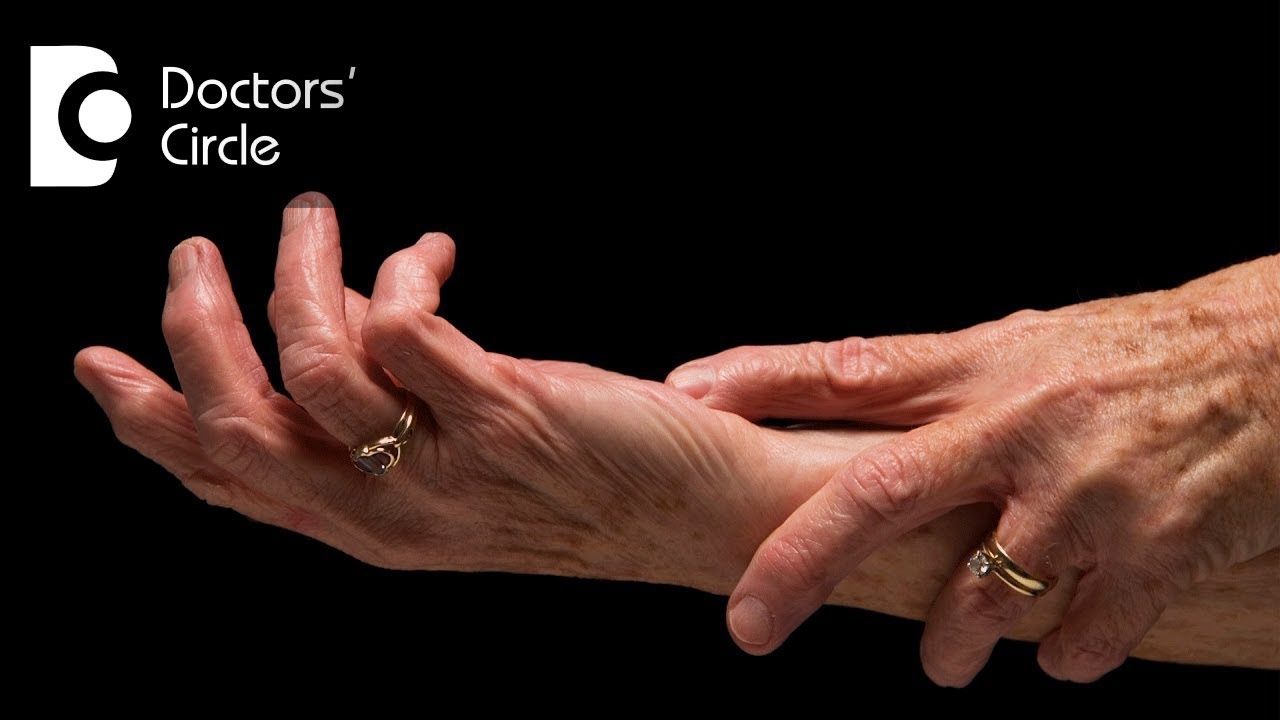
Spondyloarthritis, also known as degenerative joint disease or DMD, affects millions of people in the United States. The most common form is osteoarthritis, which affects the hips, spine, and knee joints, and it commonly causes discomfort and pain.
Osteoarthritis develops over time as the wearing and tear on the cartilage surrounding the joints begins to wear down. Cartilage plays a vital role in joint health. It cushions the impact of weight, helps to keep bones together, and keeps the joints lubricated. When cartilage degenerates, the bones become brittle and more susceptible to wear and tear. This can result in the development of osteoarthritis symptoms.
The body's natural mechanisms attempt to repair cartilage with the help of protein and cartilage building enzymes. These enzymes do not work very well without the aid of dietary supplements.
Overweight people with high cholesterol levels are at increased risk of developing osteoarthritis. Excess weight puts additional stress on joints and ligaments. If the cartilage does not repair quickly enough, the bone begins to grow abnormally, causing further damage. Over time, osteoarthritis progresses until it becomes debilitating.
Hip replacement is one of the most common treatments for this condition. When a hip replacement is performed, bone is replaced around the affected joint. In addition to replacing the damaged joint, the surgeon will also remove the bone from the side of the thigh that was damaged.
Osteoarthritis is not the same as rheumatoid arthritis, but it can be very similar. In fact, osteoarthritis has been linked to the onset of rheumatoid arthritis. It has long been thought that arthritis progresses in much the same way as rheumatoid arthritis. However, it now appears that the two conditions are completely different.
Arthritis is usually diagnosed after a series of tests are performed on the patient. Often these tests can be done in a laboratory. Results can be presented at an arthritis clinic, doctor's office, or clinic that specializes in arthritis. Often a patient with joint problems is recommended flexamove kapsul.
Degenerative joint disease occurs as a result of normal wear and tear. Osteoarthritis occurs when cartilage begins to break down and eventually degenerates into bone. Eventually, the bones will begin to heal, causing permanent damage to the joint. Osteoarthritis can progress to arthritis, but not necessarily in the same order as arthritis.
Treatment for osteoarthritis is based on several things. The first step in treatment is diagnosis. Next, you should try to determine the cause of the condition and then plan a treatment plan that is designed to help relieve symptoms.
Treatment for osteoarthritis may include medication, surgery, physical therapy, and the use of a device known as a splint. In some cases, cortisone injections are used. These treatments are designed to promote healing and reduce stiffness and improve the strength and flexibility of the joints.
In most cases, hip replacements are not recommended. In fact, these types of surgery are often used in only the most severe cases. This is because most patients who undergo hip replacement surgery will experience pain and stiffness after their first procedure. The surgery should always be monitored carefully.
Treatment for osteoarthritis can be divided into two categories: non-steroidal anti-inflammatory drugs, or NSAIDs, and cortisone injections. There are a variety of studies that suggest that there is a link between the two. Doctors will recommend either type of treatment and then research more thoroughly to see if they actually have an effect on the condition.
You can find plenty of information about osteoarthritis on the Internet, but make sure that you read all the information that you can before making a decision. It is important to make sure that you are getting the best information for your needs.